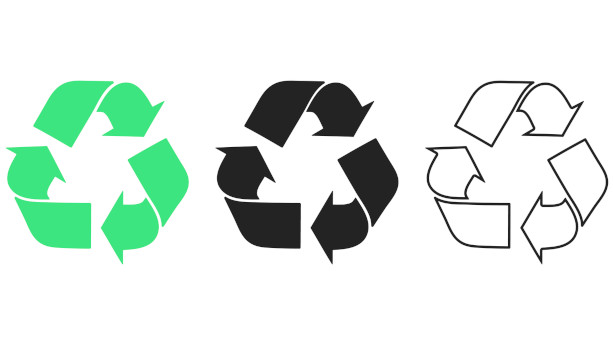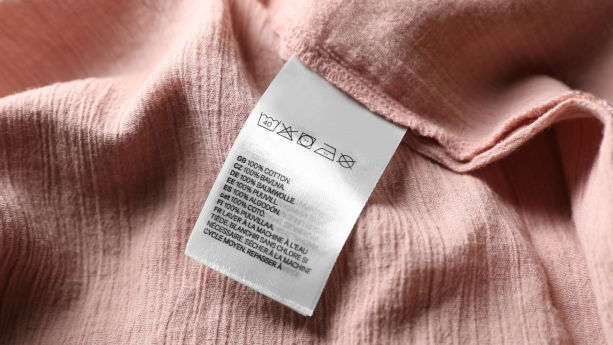
Children’s furniture and various types of childcare articles are usually not considered toys, which means that the Toy Safety Directive is normally not applicable. However, such children’s products are subject to safety standards, substance restrictions, labelling, documentation, and testing requirements.
In this guide, we explain how the GPSR, EN standards, REACH, and food contact materials regulations relate to children’s products. Note that this guide does not cover all EU requirements for children’s products, but it provides a broad overview and can help you understand the basics.
Continue reading Children’s Product Regulations in the European Union: An Overview























